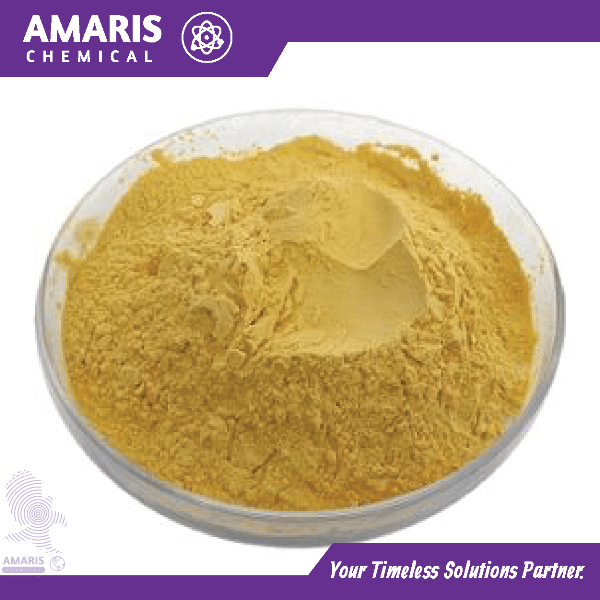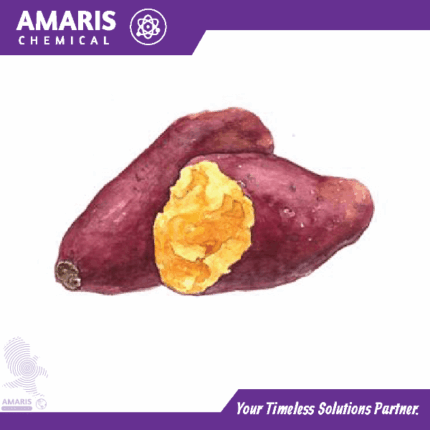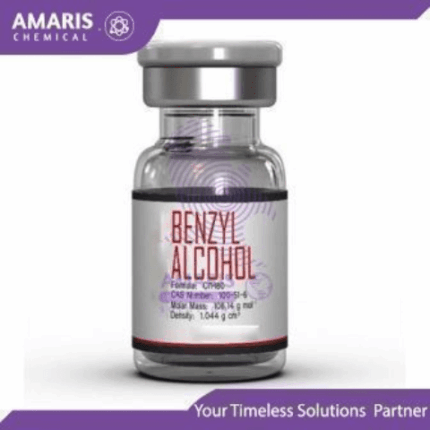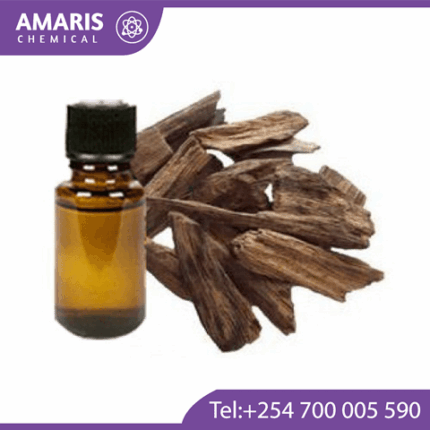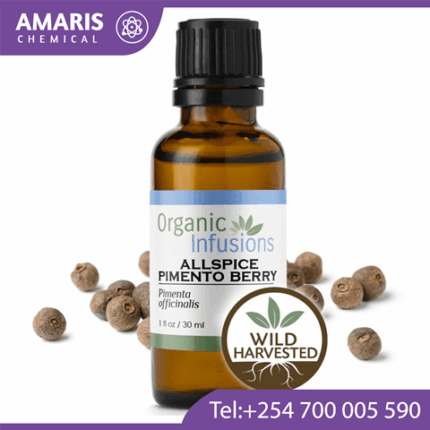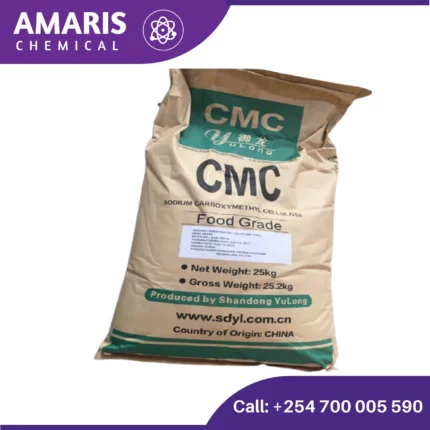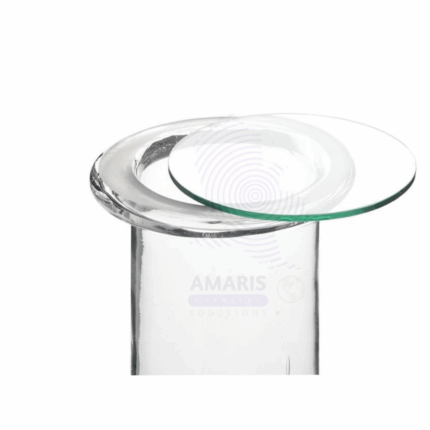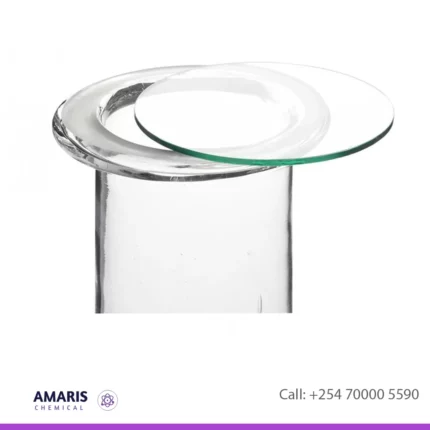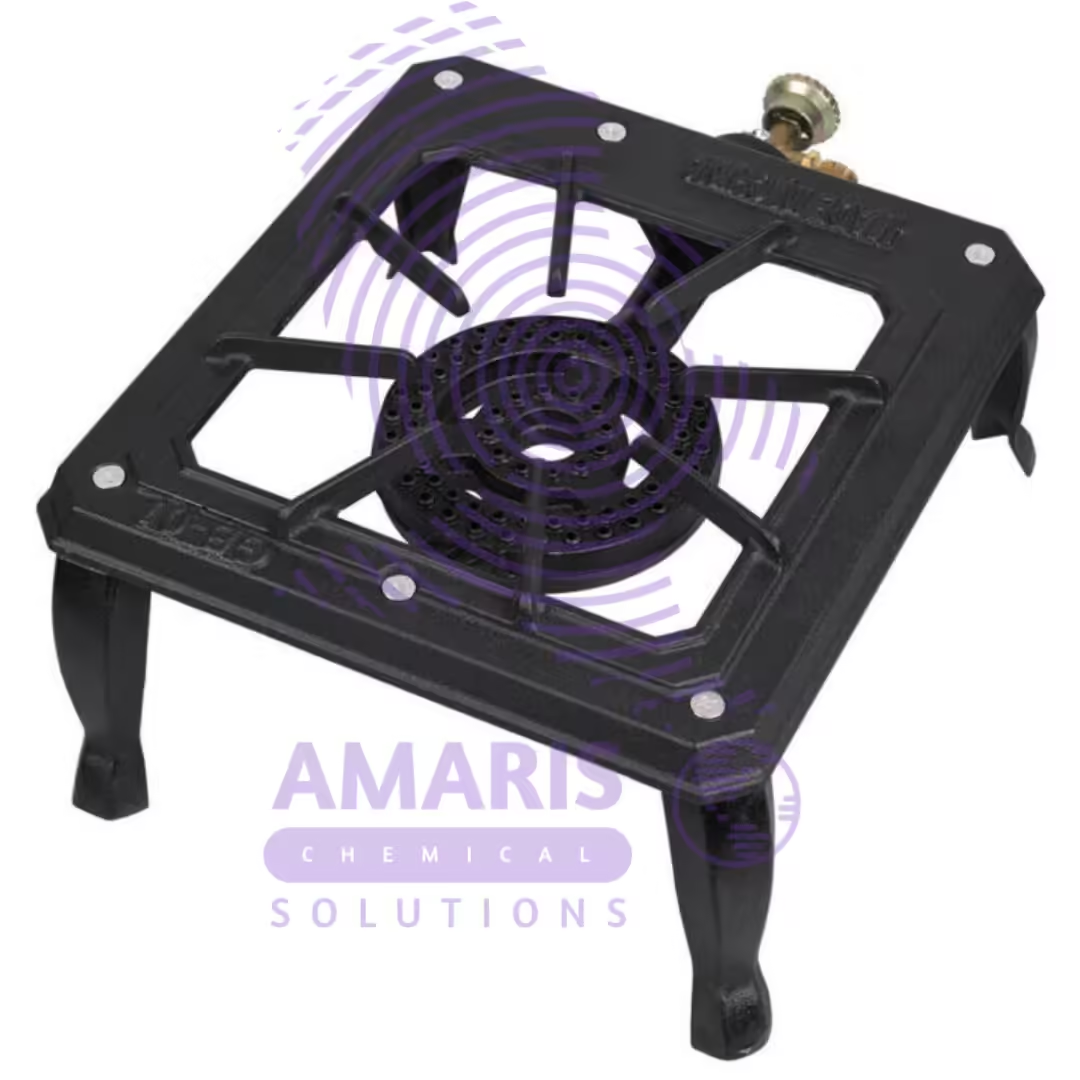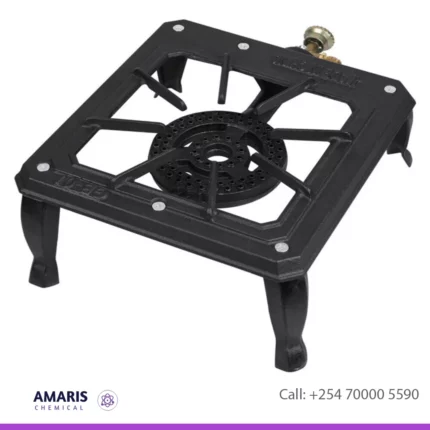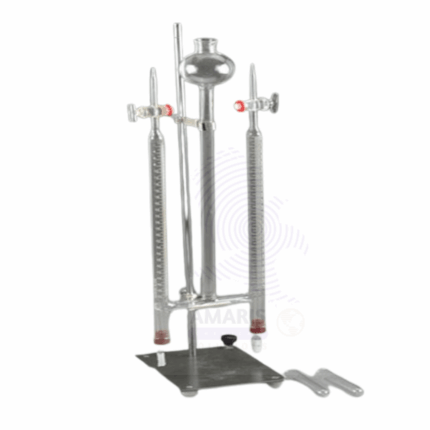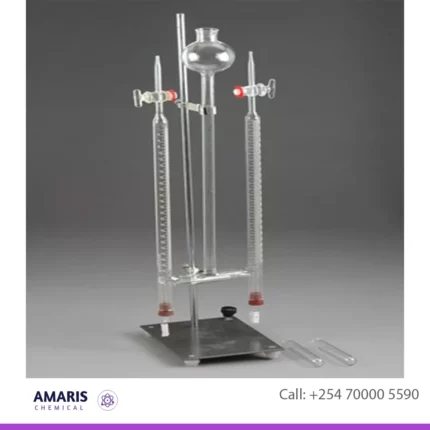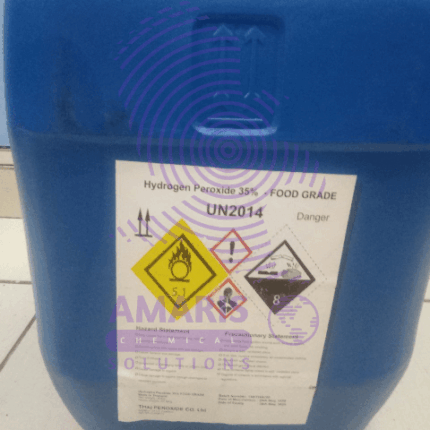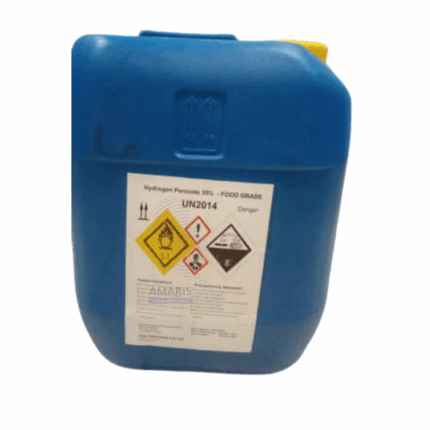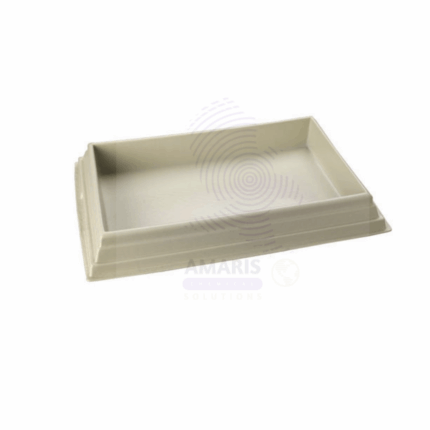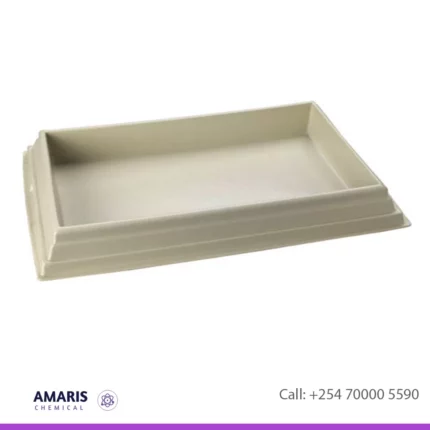“Abis Sibirica oil” has been added to your cart. View cart
Xylanase baking enzymes
KSh0.01
Shipping & Delivery
Related products
CarboxyMethyl Cellulose Food Grade (CMC)
Carboxymethyl cellulose (CMC) is a water-soluble polymer that is derived from cellulose, which is a naturally occurring polymer found in plant cell walls. CMC is produced by chemically modifying cellulose through the addition of carboxymethyl groups, which gives it its unique properties such as high water solubility, thickening ability, and film-forming properties.
CMC is widely used in a variety of industries, including food, pharmaceuticals, cosmetics, and textiles, as a thickener, binder, stabilizer, emulsifier, and dispersant. It is commonly found in food products such as ice cream, salad dressings, and baked goods as a thickener and emulsifier, as well as in cosmetics and personal care products such as toothpaste and shampoo as a binder and stabilizer.
Gas Jar Lid
Gas Stove Portable
Hoffman Voltameter
Hoffman voltameter is a laboratory apparatus used for the electrolysis of water (H2O) into its constituent gases, hydrogen (H2) and oxygen (O2). It consists of a glass container filled with water, inverted over two electrodes, typically made of platinum or another inert material, immersed in an electrolyte solution (usually dilute sulfuric acid).
When an electric current is passed through the electrodes, water molecules are dissociated into hydrogen ions (H+) and hydroxide ions (OH-) at the cathode (negative electrode) and anode (positive electrode) respectively. The hydrogen ions migrate towards the cathode and are reduced to hydrogen gas (H2), while the hydroxide ions migrate towards the anode and are oxidized to oxygen gas (O2).
The gases produced collect in the two arms of the apparatus, with hydrogen forming at the cathode and oxygen at the anode. The Hoffman voltameter allows for the collection and measurement of these gases, demonstrating the stoichiometry of water electrolysis, where two moles of hydrogen are produced for every mole of oxygen. This apparatus is commonly used in educational settings to illustrate the principles of electrolysis and the composition of water.
Hydrogen peroxide 35% food grade
Hydrogen peroxide is a chemical compound with the molecular formula H2O2. It is a colorless and odorless liquid, which appears slightly more viscous than water. Hydrogen peroxide is a powerful oxidizing agent, meaning that it readily releases oxygen atoms in chemical reactions. It is commonly used as a disinfectant, bleaching agent, and in the production of other chemicals. In its pure form, hydrogen peroxide is highly reactive and can be dangerous, but when properly diluted, it can be used safely for a variety of applications.
Plastic dissecting tray without wax
A plastic dissecting tray used in a lab typically serves as a sterile, flat surface where specimens can be dissected and examined. These trays are often designed with grooves or depressions to contain fluids, ensuring a clean and organized workspace. They're commonly made of durable, chemical-resistant plastic for easy cleaning and reuse. The trays usually come in various sizes and shapes to accommodate different types of specimens and experiments, ranging from small animals in biology labs to larger organs in medical settings. They're an essential tool for teaching and conducting experiments in biology, anatomy, and related fields.

